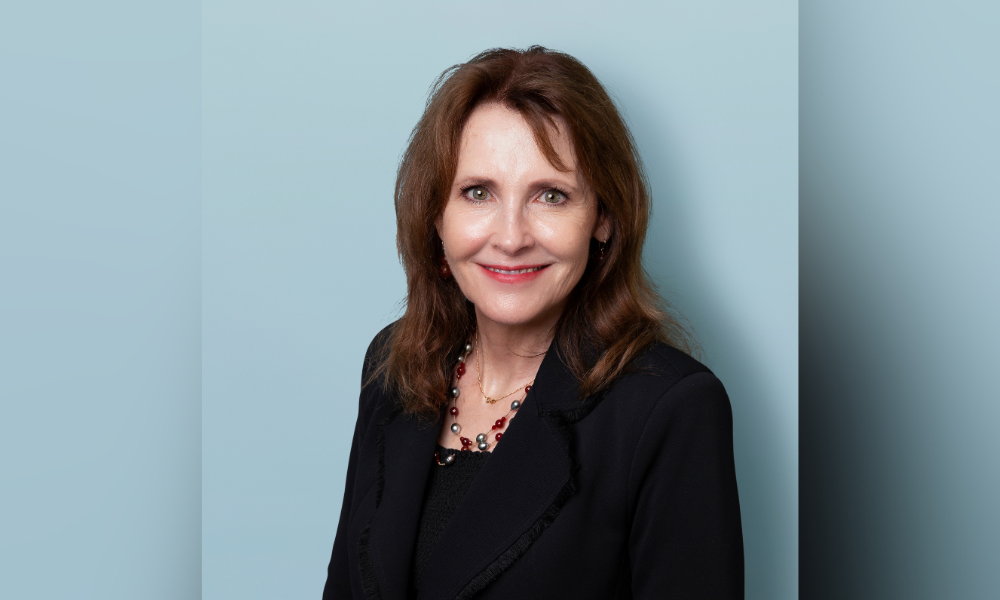
Helen Jackson, chief people officer at Australian Retirement Trust, to speak at HR Summit in Melbourne

Culture infuses everything within an organisation, according to Helen Jackson, chief people officer at Australian Retirement Trust (ART). It informs the behaviour that is expected of employees and it means being clear about what you are, and what you do and don't stand for.
“It's about ‘How do you take your cultural aspirations and have it inform everything you do?’,” she told HRD Australia.
Further, “it’s the tone from the top that really sets the scene” when it comes to the company culture, Jackson added.
“The leaders are the biggest lever to this,” she said. “So, if your leaders don't live the culture, you are really pushing against a very heavy weight.”
Benefits to good corporate culture
There are several benefits of having a good company culture. For Jackson, it means people not only want to work for you, but they can bring their best selves to work as well.
“Not only are they healthy and happy, but from a business perspective – and there's a lot that's been written on this – you get greater productivity,” she said. “You get extra discretionary effort. So it makes good business sense.”
Signs of an unhealthy company culture include disengaged staff, high employee turnover and a disconnect between leaders and their team.
“Having a good culture, having a respectful culture, having a safe culture, having the ability to voice your views and speak up is very important for the health and safety of our people and the mental wellness of our people,” said Jackson, who will be one of the speakers at this year’s HR Summit in Melbourne.
Tips for creating a good company culture
But what does it take to implement a good company culture? It begins with being aware of habits in the organisation.
“The habits in the organisation are the big symbols that tell everyone, either overtly or subconsciously, what's important around here,” Jackson said. “So I think the habits of the organisation, and being mindful of those, are really critical.”
Another key element is listening to your people and codesigning because the culture has to have meaning for people, she said.
“Understand what’s that feeling like on the ground,” Jackson said. “So, as you are evolving… really having the listening opportunities in place to ensure that you, at any stage, regularly know what it feels like to be working in the organisation. Knowing what it feels like as a member and checking in and ensuring that congruence with what, as an organisation, you say you stand for and what is the lived experience.”
Following on from listening is measurement and understanding.
“Where is your organisation currently?” she said. “And what shifts need to happen? And [it’s about] experimenting because you're not going to get it right all the time. So that ability to experiment and adjust.”
The third step is recognising that developing a company culture is like running a marathon, not a sprint. It takes perseverance, Jackson said.
“Recognising that sure, there might be some quick wins, but this is investing for the long term. It's ongoing, it requires continued focus and embedding, and you can't do everything at once or… you will burn out the organisation.”
Establishing a new culture after a merger
ART is one of Australia’s largest superannuation funds, formed in 2022 following a merger between Sunsuper and QSuper. It was one of the most complex mergers in superannuation history, she said.
Establishing the company culture meant understanding the legacy cultures to determine which elements they wanted to keep and what to change moving forward, Jackson said.
“These insights, along with our new brand identity… really helped inform our cultural aspirations, as we call them, and resulting key behaviours.”
Among these cultural aspirations is “Striving to serve,” which is about ART’s desire to be a force for good; and “Seeking brave new ways,” which means challenging themselves to do things differently to create better outcomes.
Jackson sessions at HR Summit in Melbourne is titled “Culture by design – the journey of one of Australia’s largest superannuation funds,” and she will discuss how the company approached the creation of a new culture, the process the company took, and the opportunities presented to them during it.
“I'll also share some of my personal insights and learnings that may be useful for other organisations either on their journey – and how they might move to redesign their culture, their mature organisations – but really importantly if they're new organisations, to foster a more positive organisational culture,” she said.